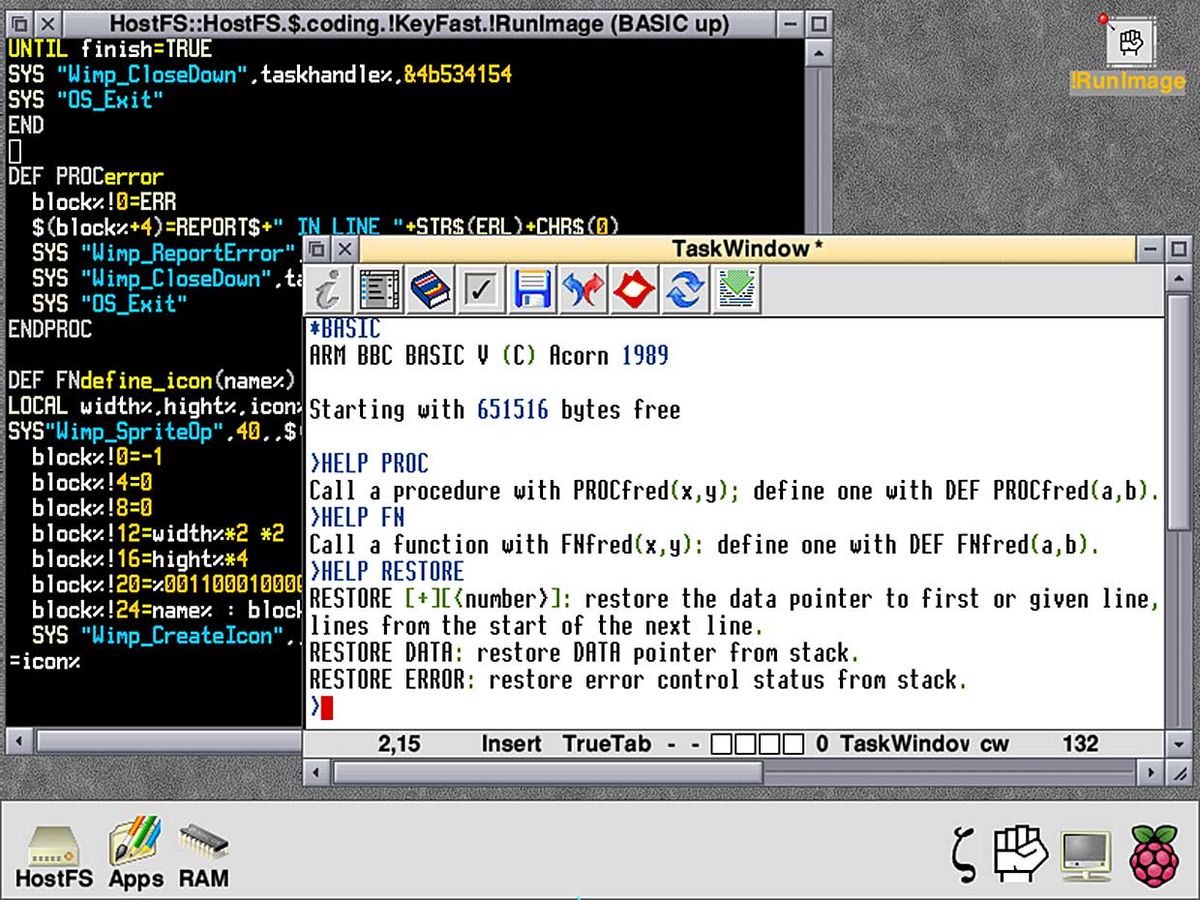In a generally anticipated announcement, Apple declared on Monday that it is moving its Macintosh computers away from Intel processors to its own custom silicon chips. These chips use the ARM architecture that’s found in over 95 percent of the world’s smartphones. Apple has already used such chips to great effect in its iPhone and iPad lines, building up its experience of adding custom circuitry around ARM cores to provide accelerated hardware support for things like machine learning applications.
Apple hopes to reap the advantages of tight integration between the new silicon and software running on the next version of its MacOS operating system. The company demonstrated an A.I.-enhanced version of Final Cut Pro that was able to automatically crop high resolution video to follow an off-road cyclist, for example. But this isn’t the first time an operating system specifically tailored to use ARM-based hardware has come to a consumer desktop computer.
Back in 1987, Acorn Computers released the first in its line of moderately successful Archimedes desktops. Acorn was inventor of the ARM architecture: Their first CPU, the ARM1 was developed as an external coprocessor for power users of Acorn’s influential BBC Microcomputer (which itself used a 6502 processor, alongside the Apple II and Commodore 64). The ARM1 was never publicly released but the ARM2 became the basis of the first Archimedes.
Along with the ARM2, Acorn also developed its own tightly integrated multitasking operating system for the Archimedes, RISC OS. RISC OS comes with a graphical user interface, a number of core applications, and a super-advanced version of the Basic programming language created for the BBC Microcomputer. One of the nice things about BBC Basic is that it lets you mix assembler code and Basic very easily, letting you optimize programs for considerable speed boosts without getting bogged down.
Although Archimedes’ computers stopped being made in the 1990s, RISC OS is still alive and kicking, thanks to a dedicated group of volunteers. As well as supporting old hardware and software, they have ported RISC OS to the ARM-based Raspberry Pi. So if you have a Pi and a spare SD card, you can try it today: A stable version is available for all versions of the Pi up to the Pi 3, and a beta release is available for the Pi 4. It’s interesting to play around with, especially for interface designers looking for examples that aren’t from the well-trodden worlds of Microsoft and Apple: there’s even a web browser built in.
Ironically, the fact that ARM became deeply associated with mobile devices and largely vanished from desktop and laptop computers until now, is in no small part due to Apple. Apple played a big role in the early development of the ARM architecture when it created ARM Holdings in 1990 as a joint venture between itself, IC manufacturer VLSI, and Acorn Computers, the original inventors of the architecture. Apple wanted a chip for their Newton PDA, and when the Newton turned out to be something of a flop, ARM Holdings began shopping its technology around.
ARM became the darling of mobile manufacturers because the architecture is very power efficient, so it won over other processors that delivered better performance but at a battery-draining higher energy cost. Now it’s back to competing on performance, and its ability to succeed will likely depend on how well Apple has matched its surrounding silicon hardware accelerators to the needs of developers and consumers.
Stephen Cass is the special projects editor at IEEE Spectrum. He currently helms Spectrum's Hands On column, and is also responsible for interactive projects such as the Top Programming Languages app. He has a bachelor's degree in experimental physics from Trinity College Dublin.



